In the Spotlight · Héctor Serrano
With a career forged between Valencia, London and various international projects, Héctor Serrano has become one of the most singular, human and representative voices of Spanish design.
Recently awarded the Spanish National Design Award 2024, his work stands out for fusing emotion, simplicity and a deep respect for materials, which leads him to explore how light affects objects and spaces.
In this In the Spotlight, we talk to Héctor Serrano about the beginnings of his career, his influences and the value of a trajectory that has been recognised this year with one of the highest Spanish awards. A designer who has managed to capture, in each of his projects, a vision that prioritises creativity and human value in design, testament to a career driven by innovation and by the connection with light as a vital element in his work.
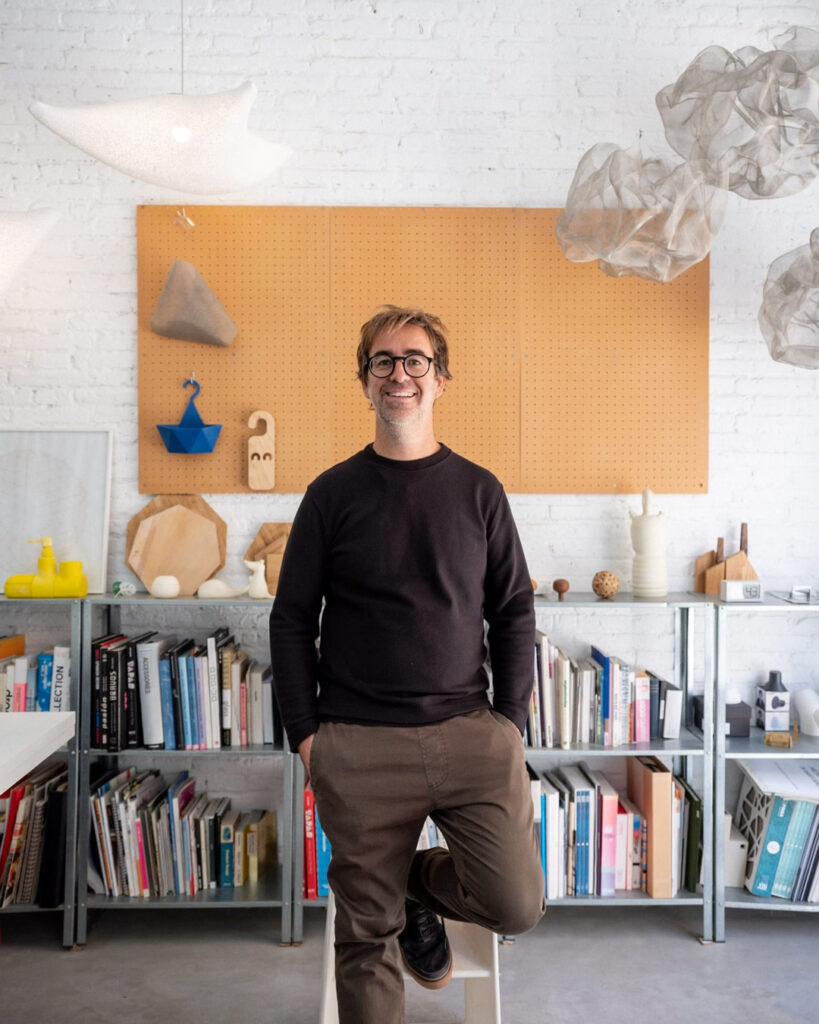
One. Where does your passion for design come from? How did you start in this world? What is the first memory that comes to mind?
I was a very bad student. In fact, I failed the COU, which was the course leading up to university. When I had to decide what to study, a friend told me about a degree that was very practical, project-based and with few theoretical subjects, so I said to myself, this is it, without having any idea what design was. The first year was a breakthrough, and I went from being the worst student to the best. Finding what you like and what motivates you is fundamental in life, and that’s what happened to me with design.
Two. Who are your role models in the world of design? What was the first piece you designed?
There are many influences, but perhaps, if I had to say one, Castiglioni as a designer and Olafur Eliasson in terms of installations.
The first piece was a disaster (laughs). I designed it before I started my degree, a chair for a contest, which I obviously didn’t win. Although the piece was of no interest, it did show my motivation and willingness to learn. The first pieces I do feel proud of, and which I designed when I was still studying at the Royal College of Art in London, are the Superpatata lamp and the botijo La Siesta, in collaboration with Alberto Martinez and Raky Martinez.
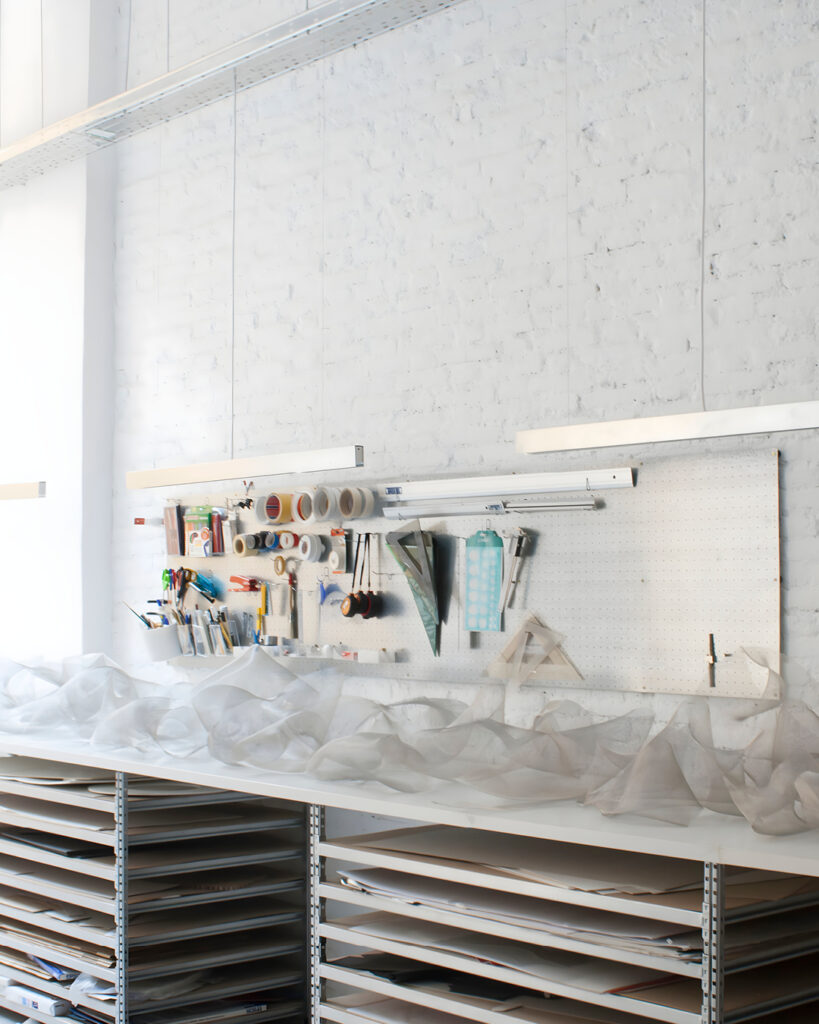
Three. You leave Valencia, go to London and come back home. How is it that design is so deeply rooted in Valencia? Is there something particular about the city or the region that makes it particularly attractive to the world of design?
Valencia has a very strong tradition of craftsmanship, industry and creativity. I think it’s a perfect context for the design industry to have developed at all levels.
Four. What is your relationship with light like?
Light is essential in life, without it nothing would exist. I think this gives it a very special attraction when we apply it to an object. It makes it come alive, it gives it a soul. Playing with how light behaves with materials and shapes seems very attractive to me, as well as understanding and knowing how to light correctly depending on the need. There is always the challenge, when designing a luminaire, to always think about its two states: on and off. Both have to be attractive.
Five. You have just been awarded the Spanish National Design Award 2024. First of all, congratulations, how do you feel and what does it mean to win a prize for your career of such magnitude?
A great joy and recognition for these 24 years of the studio’s trajectory, and I’m sure it’s a push to continue advancing and dedicating ourselves to what we are so passionate about.
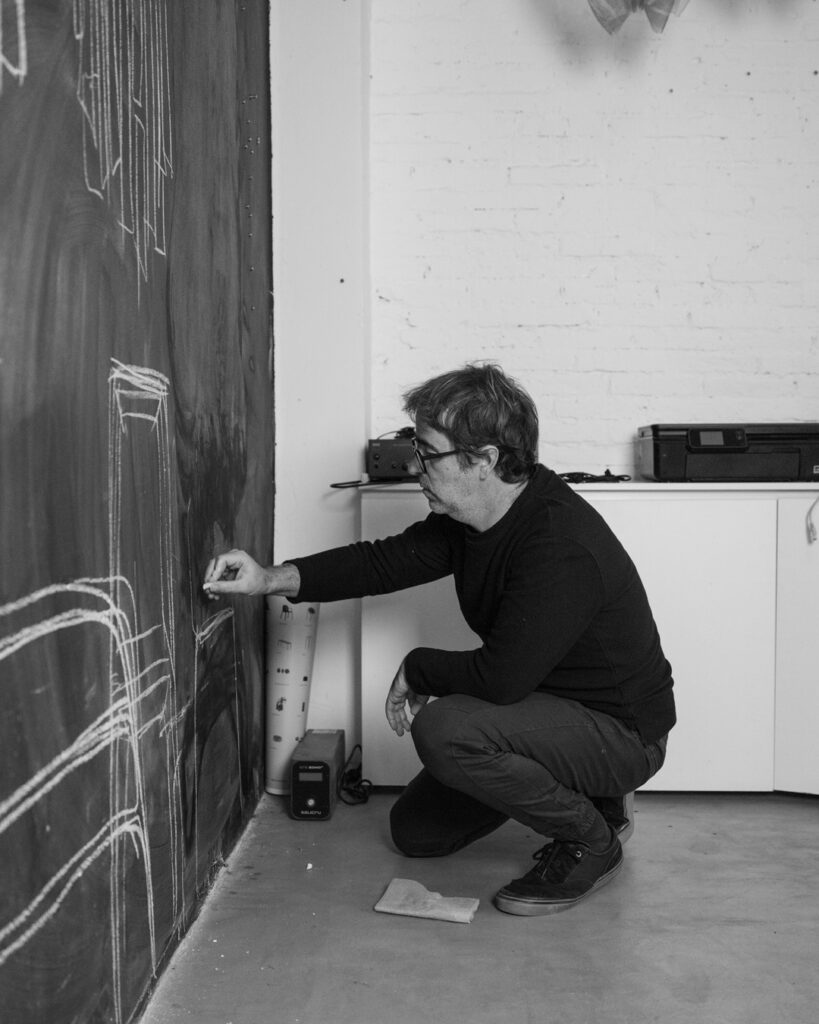
Six. I quote from the resolution of the award: ‘Héctor Serrano Barbeta has been rewarded for embodying in an exceptional way the breadth, creativity, versatility and excellence of Spanish design through objects and creations of impact, recognisable on an international level’. Is there such a thing as cohesive, internationally recognisable Spanish design, or would it be more accurate to speak of design made in Spain?
I wouldn’t know for sure; I think the Spanish design scene is broad and diverse and I think this is what makes it unique and especially powerful. Perhaps it makes it more difficult to label.
Seven. How would you define a·emotional light in one word? Where does your collaboration come from?
Although it may be repetitive, perhaps it’s emotion, but there are other words such as delicacy, balance, craftsmanship that also describe it. a·emotional light was one of the first companies I started collaborating with, straight after finishing the RCA (Royal College of Art). I was very interested in the personal involvement in the brand and the challenge (if I remember correctly) of being the first external designer to join the brand. V was the first luminaire we designed for a·emotional light and, 17 years later, it’s still selling. This is the best proof that the relationship made sense and was going to be successful.
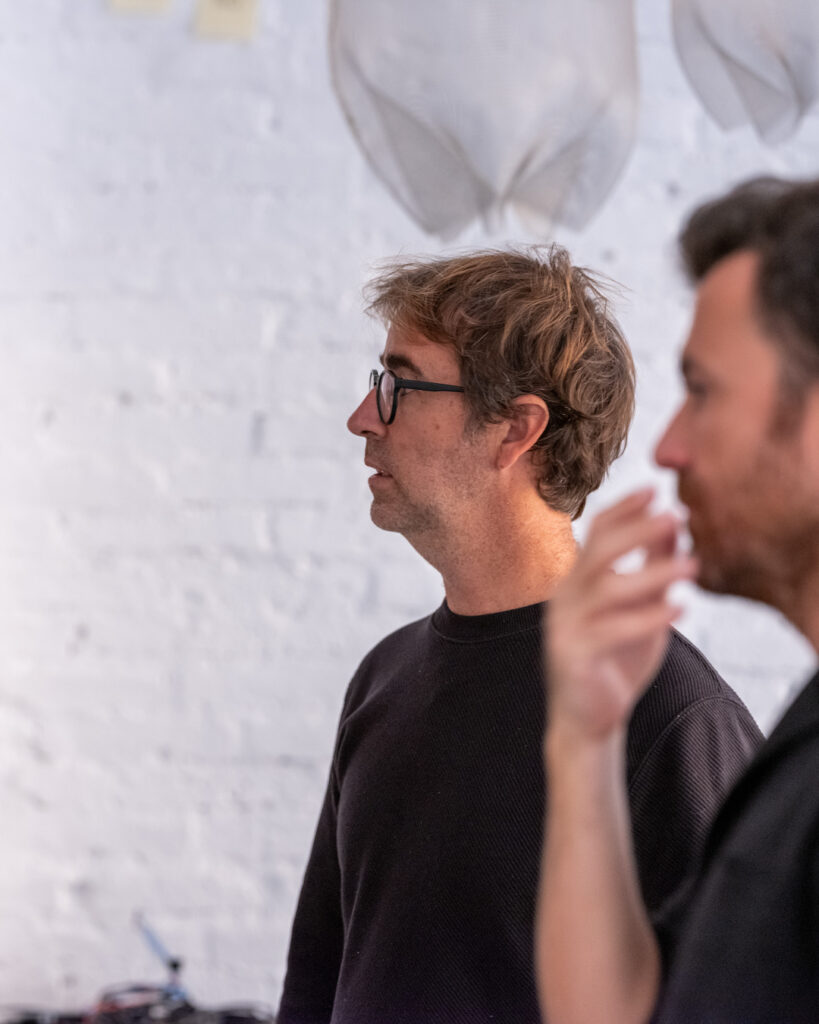
Eight. Your collaboration with a·emotional light has resulted in four collections of luminaires: Agasallo, Ballet, V and Woods. What is the common thread of these four collections? What elements of the brand’s identity have inspired you?
I think the four are very different, with the exception of Agasallo and Ballet, which share the same material, but I think there is a common interest in treating light with extreme delicacy, where the handmade work has a special value and the shape is the result of a clear idea in each of them. V plays with symmetry and repetition accentuated by light; Woods evokes the filtered light in a forest; and in Agasallo and Ballet the material is the protagonist, as it is the very tension and properties of the material that define the form, in a natural way. I think there is something beautiful when you let the material express itself.
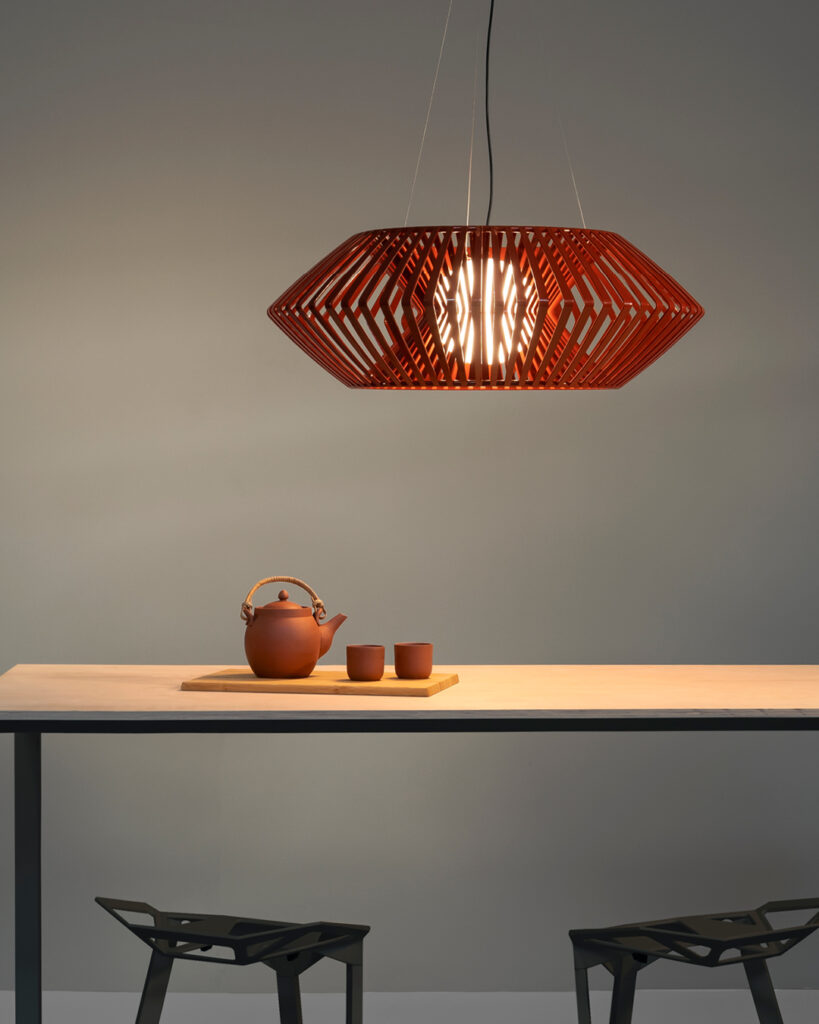
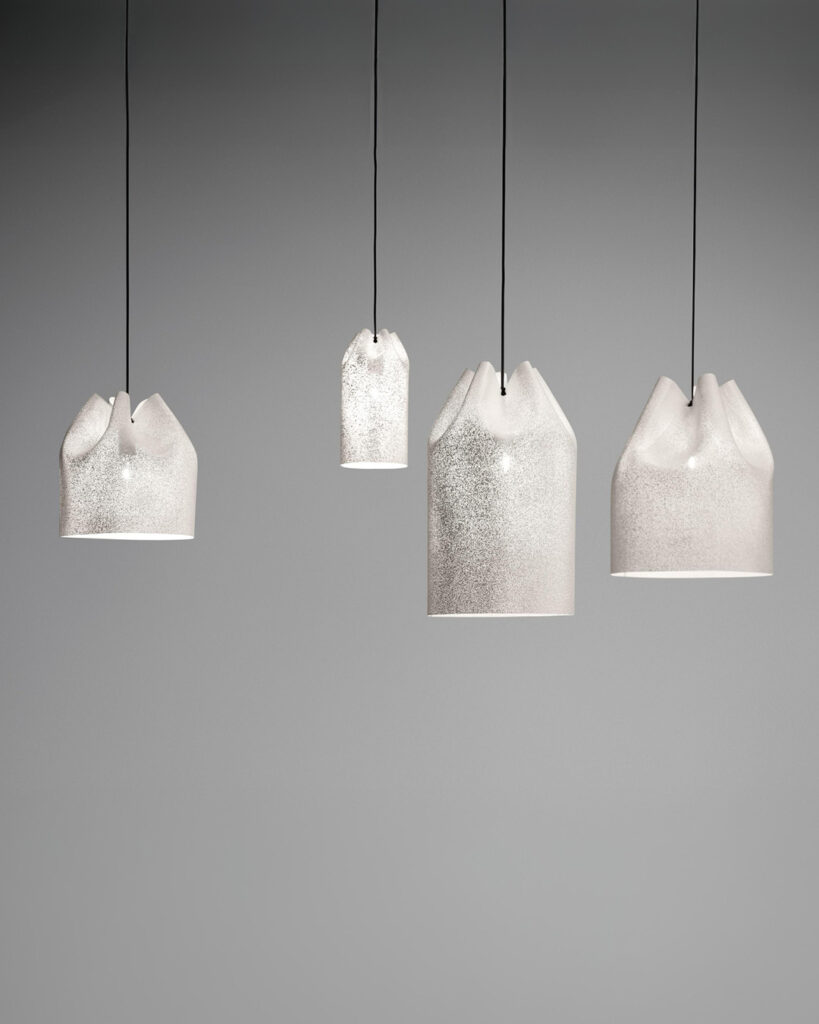
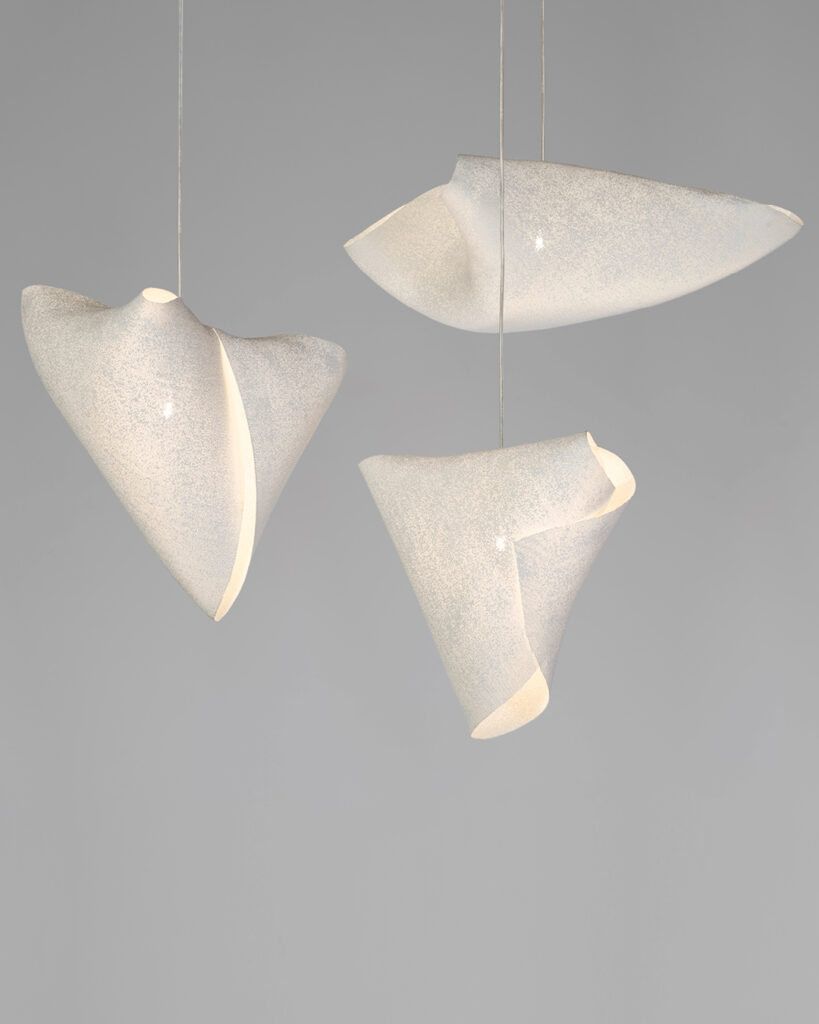
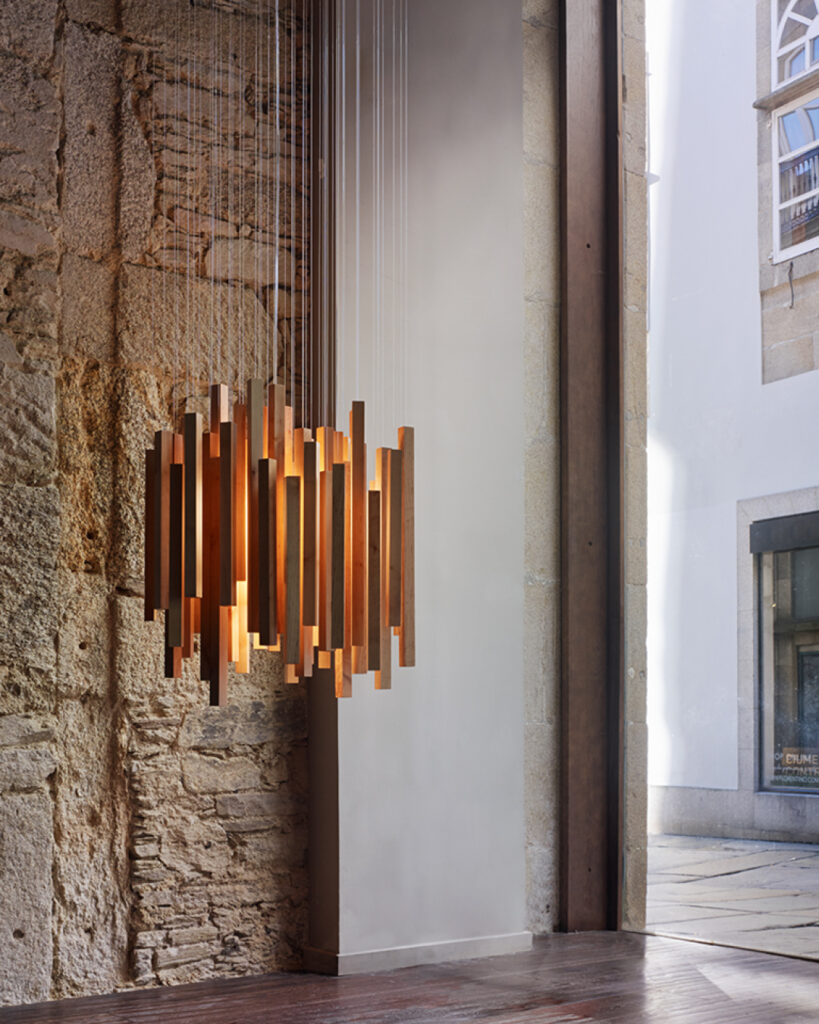
Nine. Which of your a·emotional light collections are you particularly fond of and why?
That’s like asking me which child you love the most (laughs). They are all special. Maybe V because it was the first one and because it has been so well received over the last 17 years.
ten. If your lamps were a song, what would each of them be?
V: Tú Me Dejaste De Querer, by C. Tangana, Niño de Elche y La Húngara.
Woods: Fuentes de Ortiz, by Ed Maverik.
Ballet: Il mio canto libero, by Lucio Battisti.
Agasallo: Antes de que quieras olvidar, by Guitarricadelafuente.
